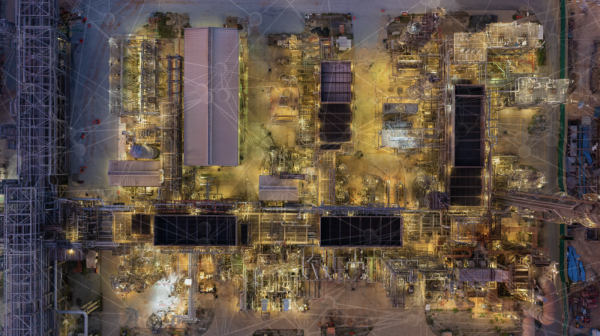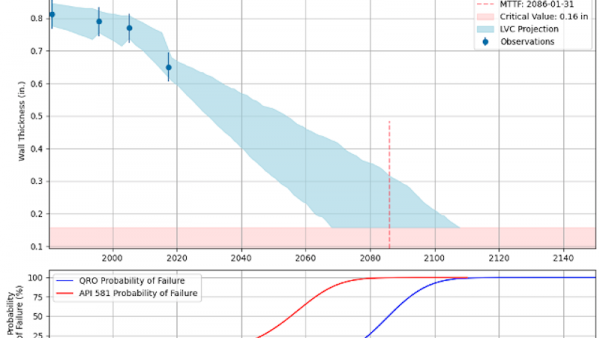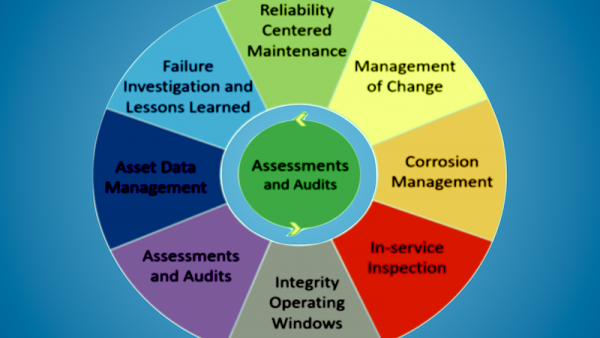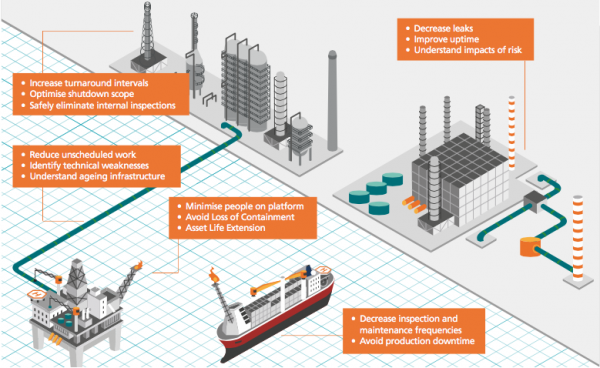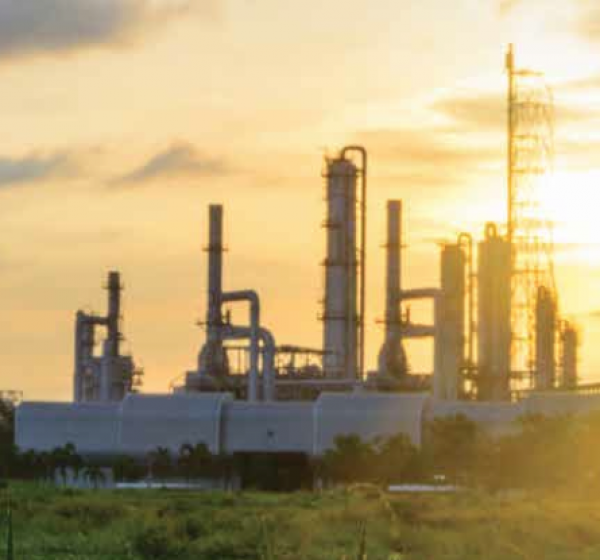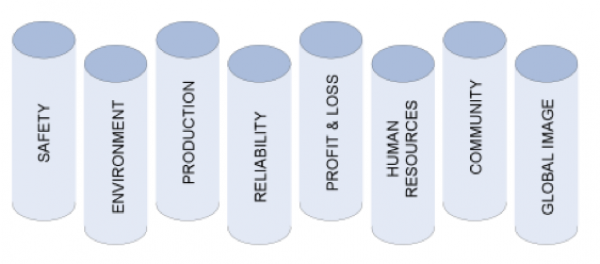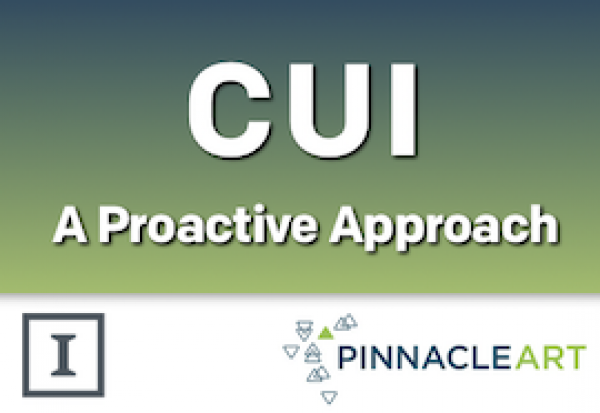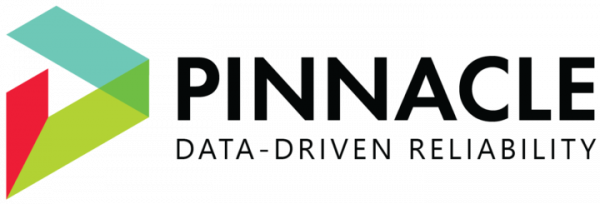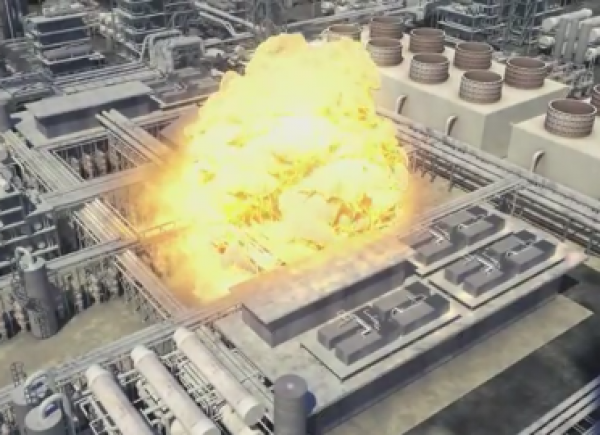Reliability Centered Maintenance (RCM) is a process that ensures maintenance tasks are performed in an efficient, cost-effective, reliable, and safe manner. Maintenance tasks may be preventive, predictive, or involve nondestructive inspections in order to identify or monitor flaws. RCM is one component of a comprehensive cradle-to-grave asset integrity management program. Likewise, an effective RCM program is one that will document the entire process throughout the system, equipment, or component life-cycle for every asset in the facility. The purpose of RCM is to ensure maintenance and inspection tasks are centered around improving the reliability and safety of equipment.
Assessment Criteria for RCM
Currently, there is no RCM standard or recommended practice specific to the oil & gas or petrochemical industries. RCM was first established for the aviation industry, however, many organizations have widely adopted the minimum criteria for RCM processes outlined in technical standard SAE JA1011 — Evaluation Criteria for Reliability-Centered Maintenance (RCM) Processes. The minimum criteria begins with asking the following seven questions1:
1. Identify System Functions: What is the item suppose to do and its associated performance standards?
- The first part of the question deals with primary system functions. In other words, the primary functions are concerned with how the equipment operates to meet customer needs. The second part of the question is concerned with how secondary system functions meet business goals while complying with environmental and government regulations.
2. Identify Failure Modes: In what ways can it fail to provide the required functions?
- Most operations in the oil and gas industry are known to run 24-7. Therefore, traditional failure modes are caused by inherent equipment fatigue as assets reach the end of the lifecycle. Another common failure mode comes from operating in harsh environmental conditions which typically lead to corrosion damage. However, other failure modes such as human error, design or manufacturing flaws, or organizational strategy should also be considered.
3. Identify Failure Causes: What are the events that cause each failure?
- After listing all the failure modes in step 2, the next step is to identify the root causes of those failures (or potential failures). This step is usually done during the analysis phase of an RCM program as described below.
4. Identify Effects of Failure: What happens when each failure occurs?
- This question should answer how the failure may have an affect on the quality of products, the production of products, and the operating and capital costs. Loss of production, unplanned shutdowns, and high costs to repair equipment should be motivating factors to implement a strong and effective RCM program.
5. Identify Consequences of Failure: In what way does each failure matter?
- Step five should answer how a failure mode would pose a threat to the safety of operators or the environment, how it would affect production and operational processes, and how it would affect the physical condition of the equipment.
6. Determine Preventative Tasks: What systematic task can be performed proactively to prevent, or to diminish to a satisfactory degree, the consequence of the failure?
- A number of maintenance and inspection tasks can be employed depending of the criticality and needs of the facility. The goal of this step is to decide on the most effective and cost-efficient maintenance tasks to perform and to schedule how often these tasks need to be done.
7. Identify Alternatives: What must be done if a suitable preventive task cannot be found?
- If maintenance tasks are not capable of preserving the reliability and function of equipment, RCM teams may have to replace or redesign the unit. If the system functioned close to the end of its operational life, then there is no need to redesign or make modifications to the asset. Instead, personnel should schedule when the unit will be decommissioned and replaced in a timely manner. However, if a piece of equipment unexpectedly fails early in its lifecycle, engineers may have to consider making modifications that are better suited to meet facility needs.
Implementing a Reliability Centered Maintenance Program
The RCM process can be divided into three primary phases:
- Decision
- Analysis
- Outcomes and Feedback

Decision Phase
The item of interest could be a simple component or a complex system. Simple components are ones that have limited failure modes whereas complex systems may fail from many different failure modes. Equipment that may have a high probability of failure or may have large consequences of failure are targeted first. This phase of RCM focuses defining the equipment or system that performs crucial function to the production of the facility and defining the factors that influence the system such as safety, operational, and non-operational factors.
Analysis Phase
During the analysis phase, RCM experts work together to identify the root causes of failure. Causal factors may include equipment trouble or failure, human error, and/or flaws in the organizational strategy. Several analyses can be performed, the most common being a root cause analysis or a failure modes and effects analysis.
Outcomes & Feedback
The results of an RCM program should provide feedback for making the next set of decisions and analyses. At this stage, stakeholders should identify opportunities for further improvement. The purpose of RCM is to be performed continuously, not just during an “as needed” basis. Furthermore, RCM provides value to many organizations by maintaining the integrity of components, extending the life of equipment, eliminating unplanned shutdowns, and reducing overall maintenance costs. The desired outcomes for many RCM programs include:
- Performing maintenance and inspection tasks that align with business goals and objectives.
- Achieving regulatory compliance, and actual safety and environmental responsibility.
- Defining the true performance objectives of each plant, unit, process, system, and equipment item in achieving tasks and responsibilities stated above.
- Identifying the hazards associated with meeting the performance objectives.
- Determining the risks associated with the hazards (equipment, process, people, environments, etc.).
- Determining the most efficient and effective ways to mitigate intolerable risks.
- Validating, implementing, and executing the mitigation tasks.
- Documenting the entire process in a way that facilitates the continuous assessment of performance, and the continuous improvement of the process throughout the asset life-cycle.2
References
- SAE JA1011 Evaluation Criteria for Reliability-Centered Maintenance (RCM) Processes, Society of Automotive Engineers, 1998.
- Sanford, Walt. “Achieve Comprehensive Reliability by Combining RBI and RCM.” Inspectioneering Journal, vol. 21, no. 2, 2015.
Related Topics
Relevant Links
Topic Tools
Share this Topic
Contribute to Definition
We welcome updates to this Integripedia definition from the Inspectioneering community. Click the link below to submit any recommended changes for Inspectioneering's team of editors to review.
Contribute to Definition


